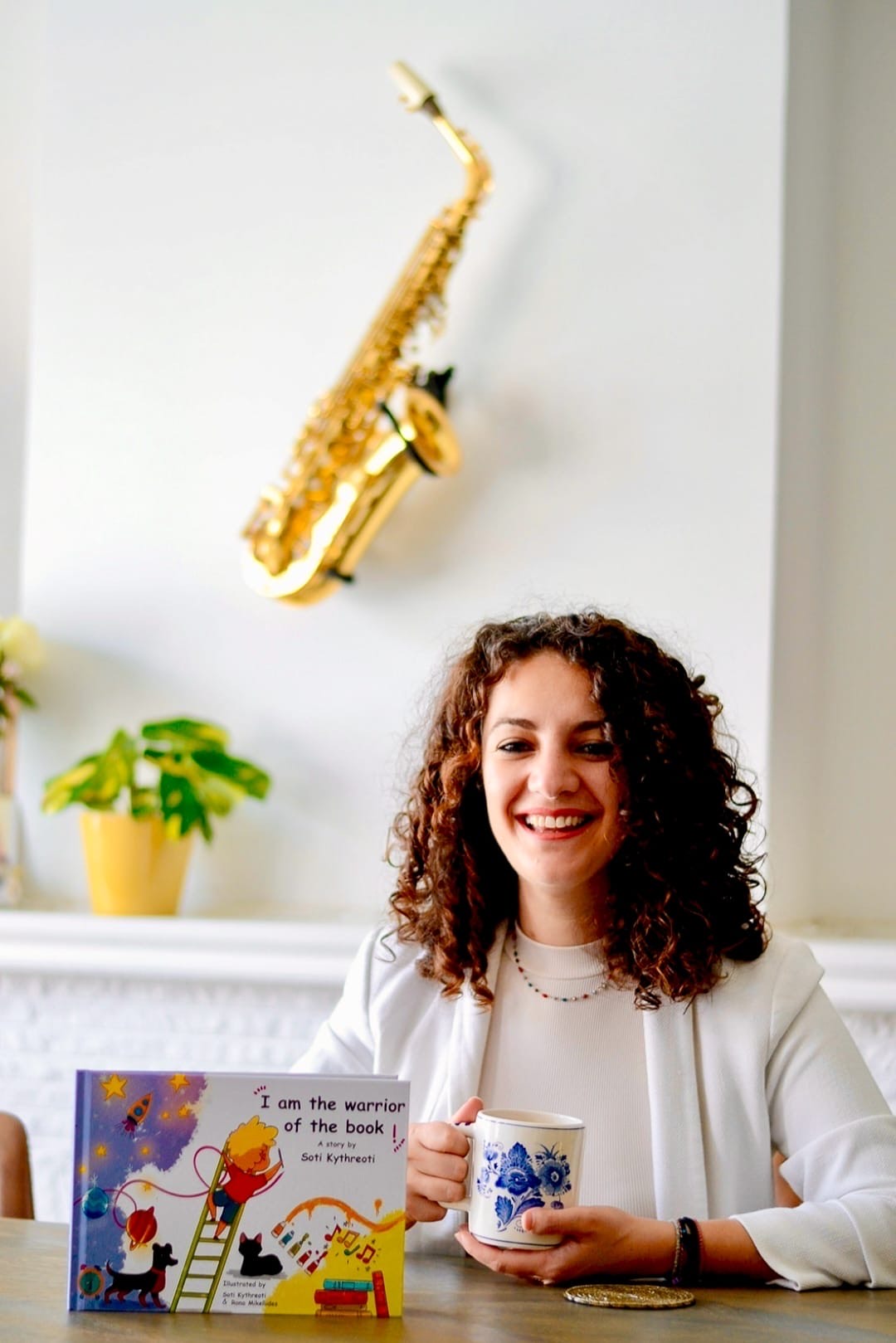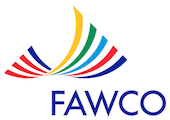by Sotia Kythreoti, AWC Antwerp
 I’ve always considered myself a bit of a superhero. No, I can’t fly, and my X-ray vision hasn’t kicked in yet, even after all the many X-rays I’ve had (although that might be helpful for so many things in life!). But I do have a superpower that many people don’t see – an invisible disability. You know, the kind that doesn’t come with a flashy cape or dramatic theme music, just a lot of “Oh, you look fine to me!” moments.
I’ve always considered myself a bit of a superhero. No, I can’t fly, and my X-ray vision hasn’t kicked in yet, even after all the many X-rays I’ve had (although that might be helpful for so many things in life!). But I do have a superpower that many people don’t see – an invisible disability. You know, the kind that doesn’t come with a flashy cape or dramatic theme music, just a lot of “Oh, you look fine to me!” moments.
So, here’s my super-secret: while others can spot a limp or a cast from a mile away, my disability is the Houdini of the health world. It’s there, but it likes to keep a low profile. It’s like being in a secret club that no one notices... except me! Ok, maybe you do as well... if I am exhausted you can see it in the way I walk and stand, but it’s ok, it’s still me! So, buckle up, because I’m about to take you on a journey through the world of invisible disabilities – where the only thing more mysterious than the condition is how often people forget you need help and understanding.
It doesn’t matter how old you are or what you have. What matters is that people who have health problems from day one or day billion don’t need judgment or to feel pitied. Sometimes a simple smile is ok.
Living with a rare disability that affects bone development has been an incredibly challenging experience. From the young age of four months old, I faced significant health challenges, including scoliosis, kyphosis and deformities that severely impacted my spine and posture. I’m kinda like the Powerpuff Girls. It was not a genetic superpower, it was just a simple doctor’s mistake. My mother was almost 40 when she decided to do a prenatal test to make sure everything was okay. The doctor, however, mistakenly took the sample from me instead of from her. Writing this down now, I realize it might be the reason I’m so afraid of needles!
Coming into this world, I was diagnosed with an unclassified bone disorder when I was only a few months old. The disorder caused my bones to develop abnormally, leading to various deformities in my spine. Scoliosis, kyphosis, and deformity of the edge were just some of the issues I faced.
It was at this point that my treatment journey began. As a baby, I didn’t fully understand the severity of the situation, but my family and the medical professionals who cared for me knew that without intervention, the condition would worsen.
I was referred to Shriners Hospitals for Children in the United States, renowned for its expertise in treating complex conditions like mine. You will wonder why there and, not the doctors in my country? During the 1990s, you could not rely on them. They diagnosed me with Down syndrome and dwarfism, they wanted to play puzzles with me, break my few bones and correctly “glue” them back again, because I was broken according to their mentality.
I guess everyone’s dream is a big city and the amazing US, but not for me at that moment, I didn’t know anything about this journey. Especially nowadays, we all know how the American health system is... expensive! I was lucky to go through an organization from Cyprus, the George and Thelma Paraskevaides Foundation, which has helped improve the lives of over 3,900 children with severe orthopaedic conditions, and I was one of the lucky.
Shriners Hospitals for Children became a cornerstone of my treatment. From the age of four months, I began a long and intensive process of surgeries, therapy and monitoring. The hospital became my second home, and the doctors, nurses and therapists were not just medical professionals, but also my support system. They provided me not only with world-class care but also a sense of hope and determination that helped me face every challenge head-on.
My first treatment aimed to straighten my legs and neck, which was crucial for improving my overall alignment and mobility. Surgery became the only viable option to prevent further complications that could affect my spine and mobility. Throughout my childhood, I underwent two major spinal surgeries, each one painful and difficult, but each was also a crucial step forward in improving my quality of life. These treatments helped correct the most severe issues and gave me a better foundation to live a bit more comfortably.
The surgeries were, without a doubt, the most physically painful experiences of my life. I remember every single moment of the pain, the fear and the recovery process. Each procedure meant months of recovery, hospital stays, physical therapy, and trying to adjust to the new changes in my body. Can you imagine a surgery of 18 hours and then you need to wake up and walk? I cried, but I did it!
The emotional toll was just as challenging as the physical pain. As a child, I didn’t fully understand why I had to go through these surgeries, but I did understand the fear and uncertainty. I remember my parents’ anxiety before each surgery, wondering how much the pain would affect me or whether I would wake up to face yet another hurdle in my life. Despite this, I found courage in the face of adversity, learning that each surgery was part of a bigger picture – regaining some normalcy and improving my health for the future.
Enduring surgeries and the subsequent recovery periods not only tested my physical limits but also profoundly impacted my mental and emotional health. It was a lonely journey at times, as I felt isolated from other children who didn’t face the same struggles. I missed out on normal childhood activities, like playing sports or even simple things like running and jumping. There were times when I wondered if I would ever live a "normal" life.
However, these experiences also taught me vital lessons in resilience and self-determination. I learned after years that it was okay to feel scared and to grieve the physical limitations I faced, but I also learned that I had a choice: I could let my circumstances define me, or I could push forward with hope and determination.
A major factor in my journey has been the incredible support I’ve received from my family, doctors, and friends. My family was with me every step of the way, providing emotional support during the toughest moments, especially my mother. She didn’t speak English, and at times had to travel alone to the US for my treatments, as my dad had to stay home to take care of my brother. They encouraged me to keep going, even when I felt hopeless. Their love and unwavering support were crucial to my healing, and they helped me find strength when I thought I had none left.
The medical professionals at Shriners Hospital were also an integral part of my journey. They not only provided excellent care but were genuinely invested in my well-being. They treated me as more than just a patient – they saw me as a person with dreams, aspirations, and the potential for a fulfilling life despite my disability. Their dedication and expertise gave me the confidence to push through surgeries and difficult treatments.
Today, after years of treatment, I continue to live with the aftereffects of my surgeries and bone condition. While my spine is straighter, and I can perform daily activities more easily, I still experience discomfort and limitations. However, I’ve learned to adapt and live my life in the best way possible. Physical therapy and regular checkups remain an essential part of my routine, as my bones and especially my spine continue to require monitoring and care.
As I look back on my journey, I am reminded of how far I’ve come and how much strength I’ve gained through each challenge. The road was never easy, but it taught me the value of perseverance, the importance of support, and the power of never giving up, no matter the odds. My experiences have shaped me into who I am today: someone who refuses to be defined by their disability, but instead embraces the possibilities that lie ahead. Every scar, every moment of pain and every victory, no matter how small, has made me who I am. I’ve learned that life is not about the obstacles we face, but about how we rise above them.
Through my own experiences, I have learned the power of hope and strength and I wanted to share that with others who are facing health challenges. That’s why I wrote my book, I Am the Warrior. The idea behind the book is simple; there is no main hero. Instead, I want the readers to see themselves as the hero of their own journey. It's a reminder that each of us has the strength to overcome all the difficulties and become the warriors of our own story.
You can find more information online in my website or on Instagram.
Photo used with permission of author.
